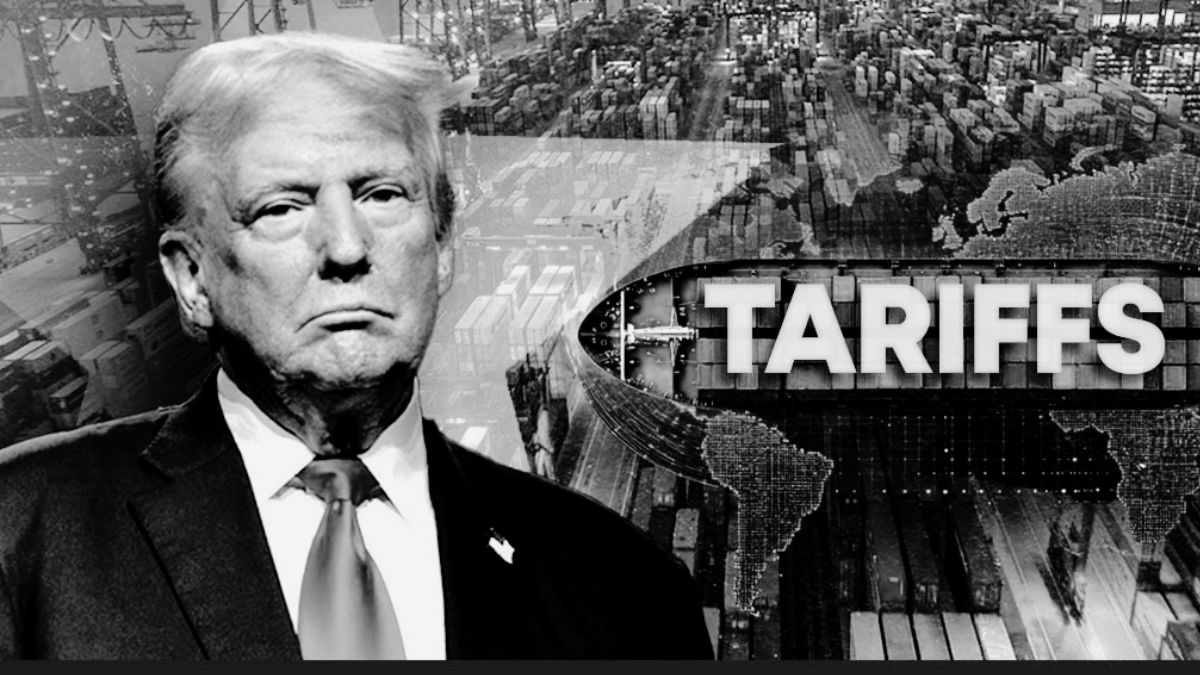From sacking officials to plugging jeans commercials, from negotiating peace deals to weighing in on sports team names, Donald Trump’s presidency has unfolded more like a tightly choreographed TV season than a traditional White House term.
In his second term, the former New York businessman and reality TV star has brought a highly personal hands-on approach to the presidency, relying heavily on instinct to guide both minor and major decisions. He has carried over the producer’s mindset that once shaped ‘The Apprentice’. But this time, the stage is the United States government.
Trump’s governing style blends hands-on micromanagement in matters he personally cares about with instinct-driven decisions that often bypass conventional political processes. Whether it’s firing the Bureau of Labour Statistics chief over disputed data, pushing Intel’s CEO to resign over alleged China ties or nudging the Washington Commanders to revert to the “Redskins” name, the president is as involved in cultural skirmishes as in high-stakes diplomacy.
Political observers say Trump’s governing style blurs the line between politics and entertainment. “Trump is running America like a reality show,” expert said, adding that how his decision-making, public appearances and even foreign policy pronouncements often echo the drama-driven beats of television production.
Supporters argue this is decisive leadership; critics call it a dangerous distraction. Former Republican congressman Carlos Curbelo likens Trump to “the CEO of the USA.,” capable of swift decision-making but also straining the constitutional framework. For Trump, governing is about more than policy, it’s about managing the audience’s perception.
His methods are unapologetically theatrical. Social media serves as both megaphone and script, allowing him to shape narratives, bully corporate leaders, and set the news agenda. Retailer American Eagle Outfitters’ stock jumped after Trump publicly praised a racy jeans ad featuring Sydney Sweeney, underscoring how even trivial remarks can send ripples through markets.
Impact Shorts
More ShortsFord O’Connell, a GOP strategist calls him the “marketer-in-chief,” saying that Trump functions as his own press secretary and chief-of-staff. That self-reliance extends to policy announcements, which are often delivered directly by the president himself, ramifications be damned.
Yet the showman’s instincts can undermine focus. “One moment he’s talking about Putin and tariffs, the next it’s Sydney Sweeney,” says former congressman Charlie Dent, lamenting a presidency that toggles rapidly between the consequential and the trivial.
White House spokesman Harrison Fields counters that Trump’s style is “decisive and commanding.” And in fairness, the president’s knack for dominating the news cycle has often diverted attention from controversies, though it faltered in the face of the Jeffrey Epstein scandal.
Kevin Madden, a Republican strategist, sees Trump’s White House as the work of “an executive producer with a big-picture understanding of the audience.” That sensibility is visible not only in his political manoeuvres but also in his aesthetic pursuits—gold fixtures for the Oval Office, a redesigned Rose Garden, and plans for a $200 million White House ballroom funded by private donors.
For Trump, the details matter most when they reflect on him. GOP strategist Rina Shah argues that this narcissistic focus on minutiae risks sidelining broader priorities. But whether in reshaping trade policy, orchestrating peace frameworks like the recent Azerbaijan-Armenia deal, or stirring cultural debates, Trump continues to blend governance with spectacle.
In Trump’s America, the presidency isn’t just about running the country, it’s about running the show. And the ratings, at least in terms of public attention, remain sky-high.
With inputs from agencies


)

)
)
)
)
)
)
)
)



